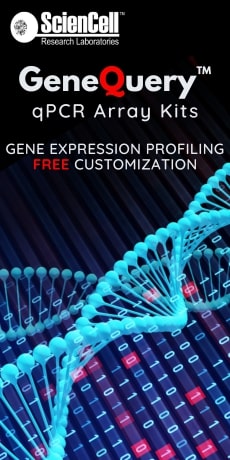Monthly Archives: April 2020
-
- April 21, 2020
SARS-CoV-2 is the seventh known coronavirus that causes the human disease known as COVID-19. The virus can grow in cells lining the conducting airways and in alveolar epithelial cells. First, the virus generally enters the body through the nose or mouth. From there, the virus travels down into the alveoli which are located in the lungs. Once in the alveoli, the virus “hijacks” cells to make new copies of the virus. The infected cell is then killed, releasing new viruses to infect neighboring cells in the alveolus. Each sac of air, or alveolus, is wrapped with capillaries where red blood cells release carbon dioxide (CO2) and pick up oxygen (O2). Two alveolar epithelial cells (type I and II) facilitate gas exchange. Type I cells are squamous alveolar cells with thin membranes that perform gas exchange. Type II cells are known as progenitor cells in the alveoli and proliferate and differentiate into type I cells. In addition, Type II cells secrete the pulmonary surfactant that lines
-
- April 04, 2020
Epithelial cells are the most numerous cells in the lungs and contribute to innate and adaptive immunity. Airway epithelial cells are located in the lower respiratory tract which includes the trachea, bronchi, small airways (bronchioles), and alveoli. Due to their location, airway epithelial cells are constantly exposed to microbes, particles, and pollutants and are essentially the first line of defense against invading pathogens. Airway epithelium acts as a physical barrier and either directly remove pathogens or interact with immune cells which initiate the clearance of pathogens. Epithelial cells also play an important role in reducing inflammation and maintaining homeostasis in the lungs. During an infection, epithelial cell dysfunction can contribute to the development of inflammation of the airways and lungs. Additionally, patients with chronic pulmonary disease are more susceptible to respiratory infections due to defects in epithelial barrier structure and function.
Human Bronchial

